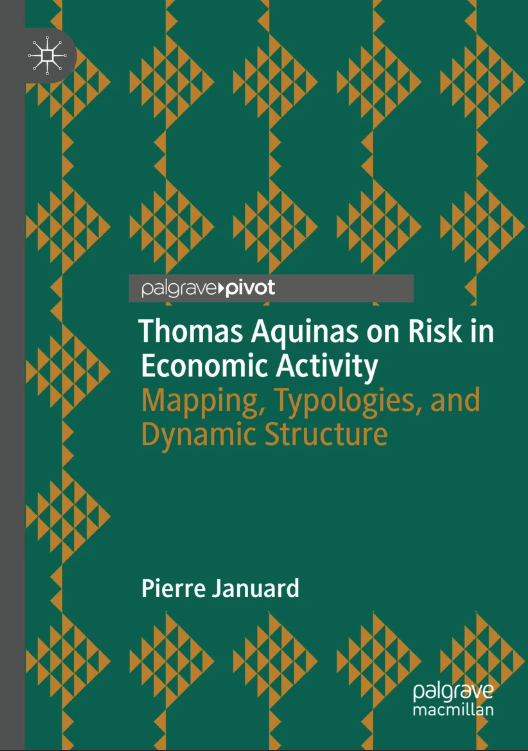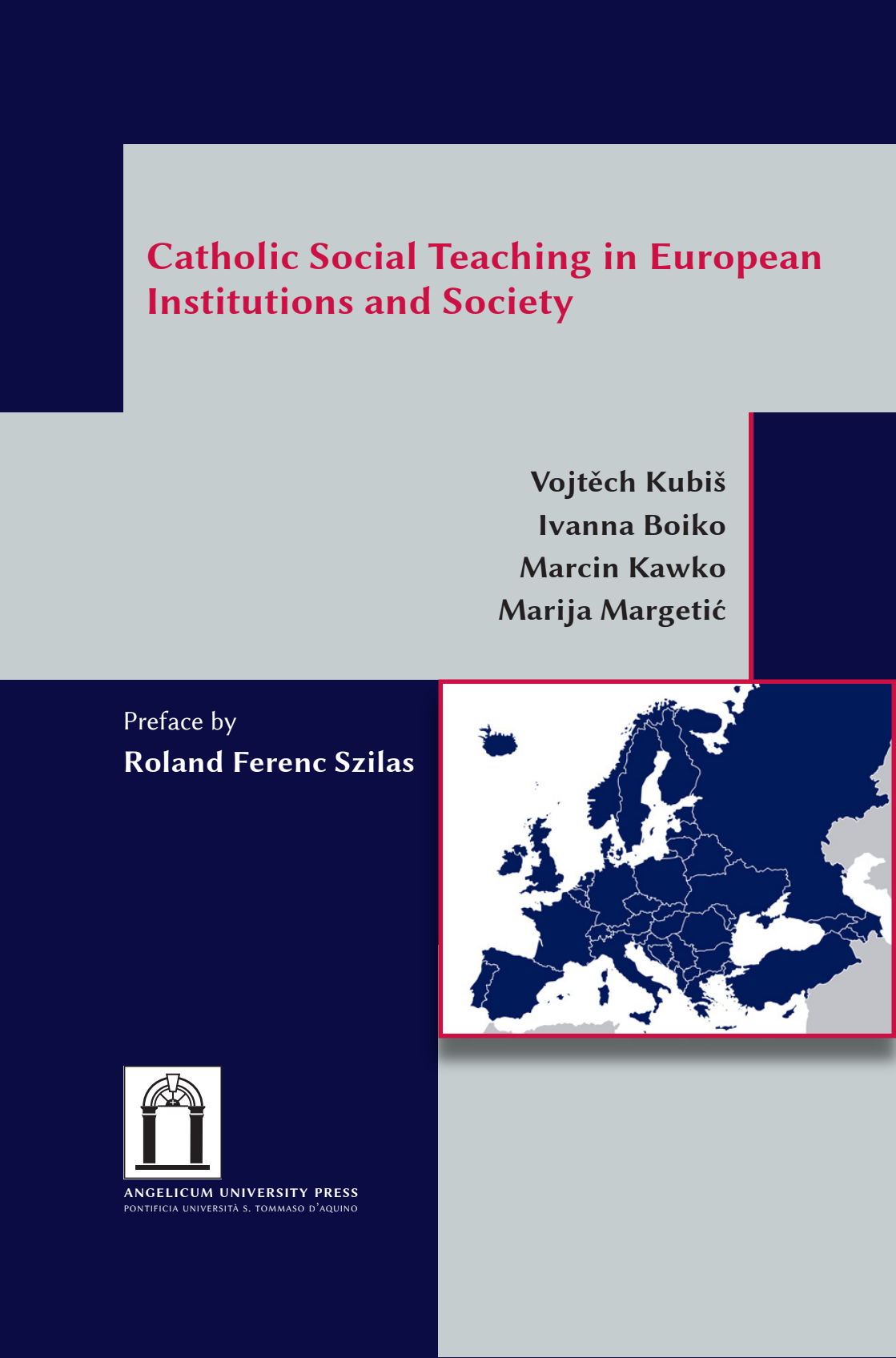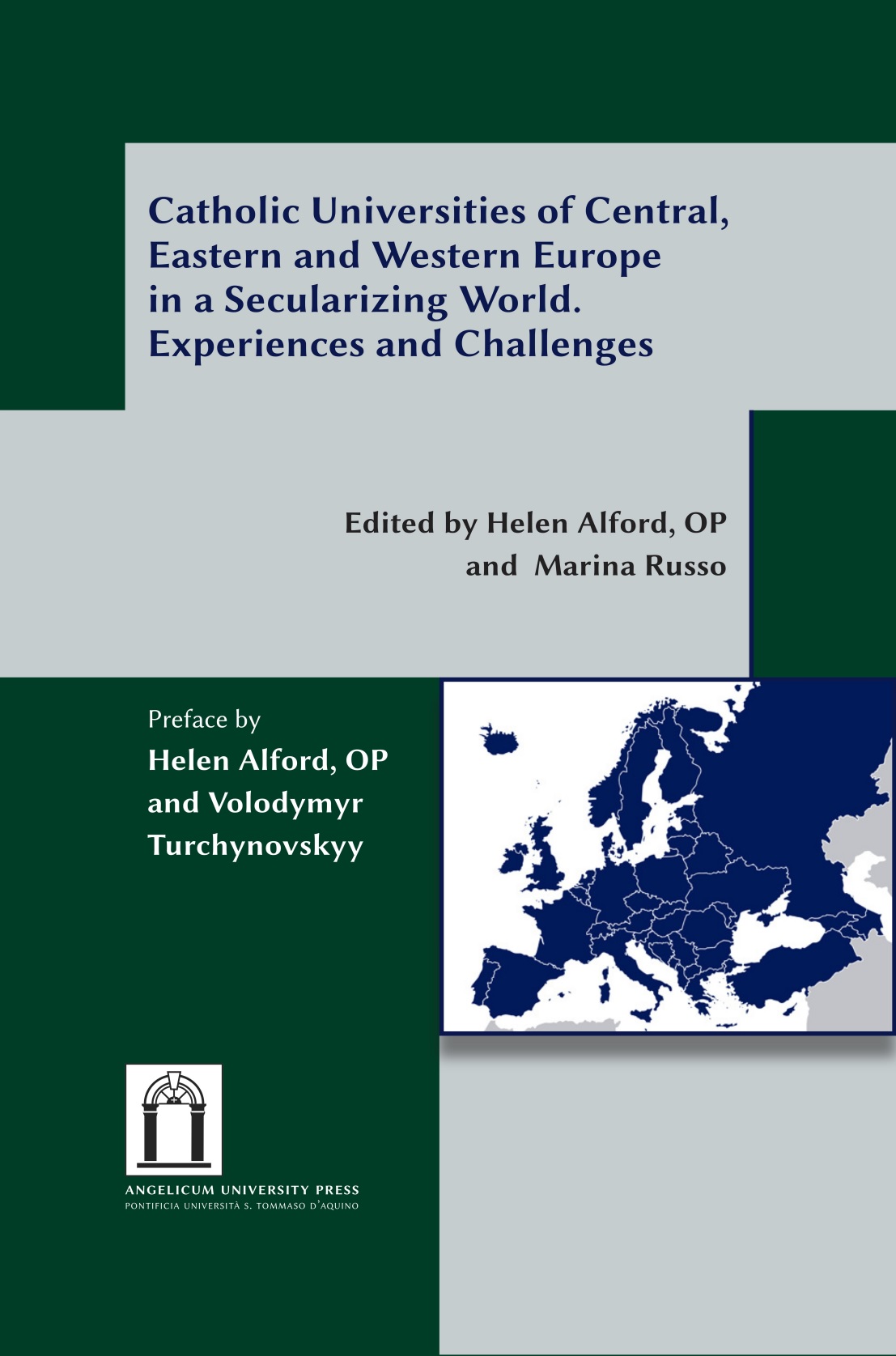English summary
At the Inauguration of the Academic Year 2001 - 2002 at the Pontifical University of St Thomas, Rome, the Rector of the Libera Università Maria Santissima Assunta (LUMSA), Rome, gave an address under the title La nuova legge fondamentale dello Stato della Città del Vaticano. The following is a summary translation of his speech.
The date 20 September 1870 marked the end of the centuries old civil State of the Roman Catholic Church. This change of circumstances presented a political and juridical issue for the Italian government. The terms of the resolution, commonly known as the Roman Question, are too well known to bear repeating here. It is sufficient to note that, on the one hand, the issue was peculiarly Italian in that a certain portion of Italian territory subject to the sovereignty of the Italian State was designated as the Holy See. On the other, that designated territory had implications on the international level as it would guarantee the material and moral independence of the pontificate and its administration in the fulfillment of its pastoral function towards all the faithful in every country. The Holy See, however, did not accept the law of the 13th of May 1871 because of perceived restrictions of its power and gaps in the law. These concerns were addressed in the Lateran Pact of 1929 which constituted the Vatican as a true and proper territorial sovereignty. The papacy always regarded territorial sovereignty as an indispensable requisite for the creation of a separate State. On the 7th of June 1929 the Lateran Pact was signed.
The Fundamental Law of 1929 and its subsequent modifications
On that same day in June Pope Pius XI promulgated a series of laws which came into force immediately regarding the internal organization of the Vatican State, dealing particularly with legislative, judicial and executive powers and establishing the competence of the various statutory institutions and officials. There were norms governing economic, commercial and professional activities as well as who could obtain citizenship. The provision of public security was also catered for.
The New Fundamental Law of 2001 with particular reference to legislative and executive powers
The Roman Pontiff passed a new fundamental law which was promulgated on the 26th November 2000 and came into force on the 21st of February 2001. There were two reasons for the change. Firstly, to harmonize and render uniform the legal provisions which had been enacted piecemeal subsequent to and in keeping with the 1929 Lateran Pact. Secondly, to make the legal order and institution more responsive to the pastoral mission of the Vatican State.
One significant change in the new fundamental law is the sharing of legislative power with a commission of cardinals whose members are nominated by the Holy Father for a period of five years. A set of rules promulgated by the Roman Pontiff on the 26th July 2001 determines more precisely the functions of this commission as well as the procedures to be followed in the enactment of statutory provisions. This sharing of legislative power will release the Holy Father from certain temporal affairs so that he can concentrate on his primary responsibility as shepherd of the people of God. There have been precedents for the sharing of juridical power, for example, when Pope John Paul II granted by a special mandate to the then Secretary of State, Cardinal Casaroli, the faculty to represent and exercise in his place the powers belonging to a sovereign head of state. Equally innovative is the reorganization of executive power. This is now exercised by the president of the pontifical commission assisted by the secretary and vice-secretary general. The cardinal president has authority over the conduct of administration in the Vatican especially security and finance. He has the power to issue legal provisions by following a defined procedure. In addition, he is the legal representative of the state regarding internal matters, though not however on the international level.
Judicial Power
Notable innovations in the arena of judicial power concern for the most part omissions of details compared with the previous sets of norms. Reference is made to the particular regulations issued in 1988.
Relationship between administrative justice and ordinary jurisdiction
The singular notable difference between the present fundamental law and that of Pope Pius XI in 1929 is situated in the area of the defence of subjective rights and legitimate interests regarding acts of executive power. The 1929 papal fundamental law permitted the judiciary to adjudicate on the legitimacy or not of an act of executive power whenever an infringement of subjective rights was involved. Damages for injury of rights could be awarded. However, the judges could not annul an executive act.
Now the present law is crafted to protect both subjective rights and legitimate interests. A second innovation removes the restrictions regarding the judiciary’s incapacity to revoke or annul an executive order. Thirdly, the new law determines that when hierarchical recourse is made then relief cannot be sought through the courts unless the supreme pontiff permits it in individual cases. However, the regulations pertaining to hierarchical recourse still need to be further refined, especially by legislation.
The overriding constitutional law states that the pontiff enjoys full legislative, executive and judicial power. Consequently, he can use means in keeping with or opposed to positive law to resolve individual cases.
Concluding remarks
Is the new fundamental law of the Vatican State a constitution or how is it related to modern constitutions? The word fundamental could signify a set of norms which establish the basis, and therefore the constitutional order of the State. The new fundamental law of the Vatican does share some of the characteristics of a constitution. Incidentally, it lacks a progressive number thus indicating that the new law is not part of a series of amendments modifying previous statutory provisions. However, the new fundamental law is not a constitution. An analysis of the finality, structure, content and force demonstrates otherwise. The finality of the Vatican State is to guarantee its independence from every political power. Its citizens enjoy  that status by reason of office directed to the service of the Holy See. The Vatican State is an elective monarchy. In addition, the fundamental law does not enshrine a list of rights and obligations of its members as the constitutions of secular states do. Nevertheless, the Vatican State is governed by the petrine ministry which serves the ecclesial communion and the unity of the whole church.
that status by reason of office directed to the service of the Holy See. The Vatican State is an elective monarchy. In addition, the fundamental law does not enshrine a list of rights and obligations of its members as the constitutions of secular states do. Nevertheless, the Vatican State is governed by the petrine ministry which serves the ecclesial communion and the unity of the whole church.
Summary in English by Michael Carragher OP
 IT
IT  EN
EN 
















